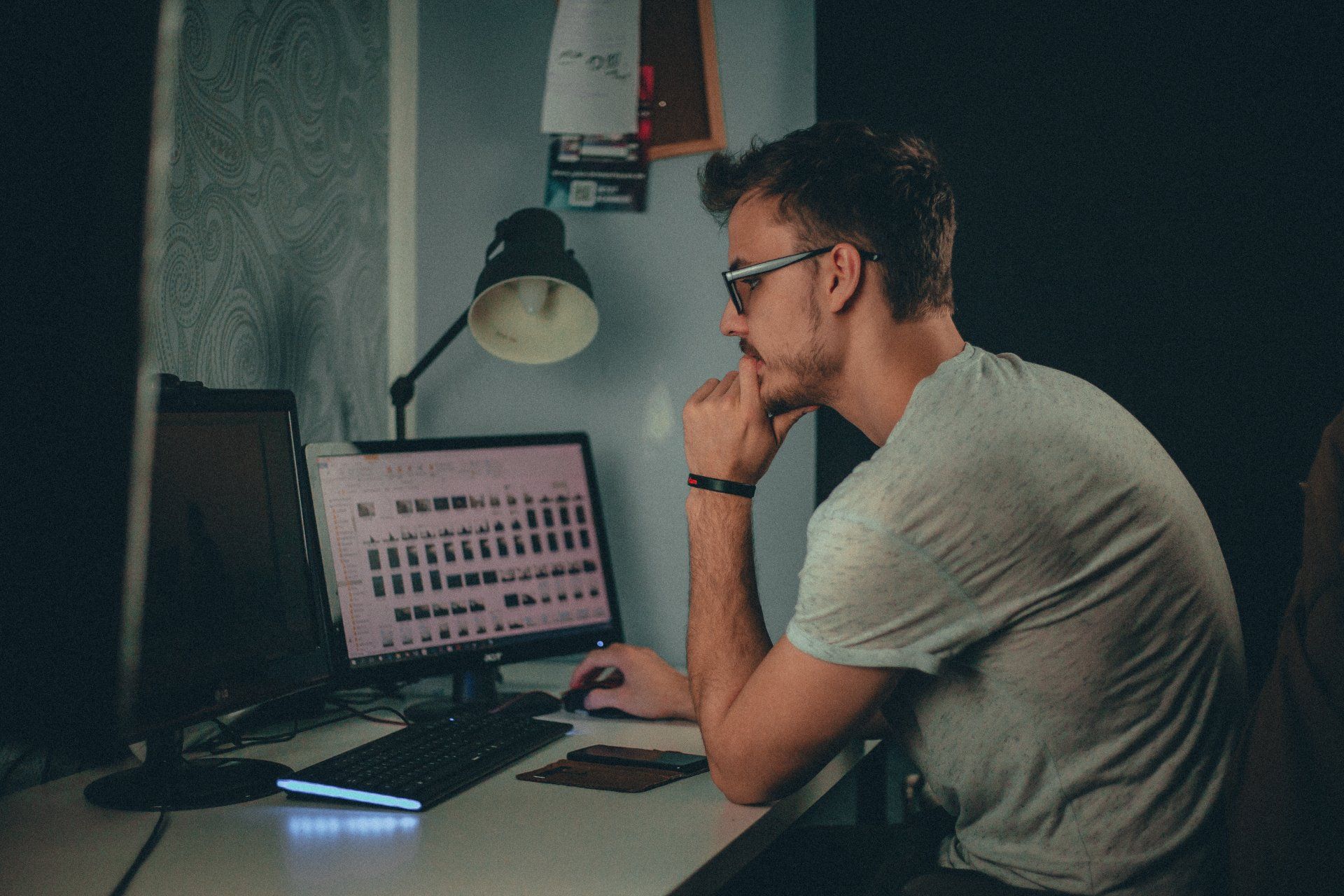HOW TO COPYRIGHT A GRAPHIC DESIGN
A graphic is copyrighted as a pictorial, graphic or sculptural work soon as it is fixed in a tangible form. Register your design to bring a copyright infringement suit.
COPYRIGHT PROTECTION FOR A GRAPHIC DESIGN
Requirements to Copyright a Graphic Design
A graphic design is considered copyrighted as a pictorial, graphic or sculptural work the moment its made and fixed in a tangible medium. Copyright protections and the rights that come with owning copyrights are made up of various aspects of the law, including the ability to make copies of the the copyrighted work, sell or distribute the copyrighted work, prepare derivative works based on the copyrighted work, and the right to publicly display the copyrighted design or work. In order to seek a copyright in and to a graphic design, the creative design must at a minimum be the designer’s own original work . It is important to remember that copyrights do not protect the functional or “utilitarian” aspects of the creative work. Copyrights only protect the artistic elements, while patents protect the functional “utilitarian” aspects of a work. To qualify as a graphic design copyright, the U.S. copyright office will require the following be met:
- The work must be original from the artist or designer seeking a copyright;
- Must display some minimal amount of creativity;
- A graphic design must be on paper, or a sign, article of clothing, or through a digital medium, you cannot copyright an idea; and
- Copyright protection does not include familiar symbols or designs as well as titles, names, slogans, lettering, or coloring.
Graphics That Can be Copyrighted
The amount of creativity involved in creating your work determines the copyrightability of the graphic, such as color variations and typography. The following are examples of graphic designs that can be copyrighted:
- Illustrations;
- Logos with original creativity;
- Work encompassing original layout designs;
- Posters;
- Decals and stickers;
- Fabric, floor, and wall covering; and
- Clothing and related articles.
Our Dallas copyright attorneys can assist you in registering your design or graphic original works with the U.S. Copyright Office, and provide you guidance on how to properly enforce your graphics and other design copyrights.
Ownership of Graphic Copyrights
Although most copyrights are owned by the copyright creator, it is possible for third parties to own the copyright instead of the person who created the graphic. For example, in the event you created a graphic for your employer, and assuming it was apart of your regular job, then the copyright would vest in your employer. Likewise, in the event you were hired on a project basis to design and create a graphic, such as a logo for a company, then that company would own the graphic if you signed a work for hire agreement or an agreement transferring the copyright. Copyrights can be transferred through writing by assigning the exclusive rights to a third party; however, nonexclusive rights to use a copyright can be transferred orally or in writing.
Additional Graphic Design Protection Focus
What Is Copyright Infringement?
Copyright Infringement is when someone takes all or part of your creative design or work without your permission. By infringing on another’s work, a person is effectively stealing the time, labor, and talent of the designer that created the work. Copyright registration is very important both financially and legally. For example, copyright registration creates a record of ownership which informs the world as to your ownership and enables you to seek relief against a third party for copyright infringement. On March 4, 2019, the U.S. Supreme Court ruled that you must registered your creative work with the US Copyright Office before any suit for copyright may be brought against an infringer. An "infringer" is any person or company distributing copyrighted material without authorization.
Importantly, if you register your copyright within three months of publication or before an infringement occurs, you may be entitled to statutory damages and legal fees in the event you must file a copyright infringement suit against an infringer. This monetary recovery can assist greatly in defraying the cost of litigation. Contact our Dallas copyrights lawyers to learn more.
Duration of Copyright Protection
Copyright protection in the United States lasts for the lifetime of the artist plus an additional 70 years. For example, J.R.R. Tolkien owned the rights to The Hobbit and The Lord of The Rings when he died on September 2, 1973. This means J.R.R. Tolkien (or more specifically, Middle-earth Enterprises) can continue to enjoy his copyrights until the year 2043, or 70 years after his death in September, 1973.
CLIENT MATTERS
5,000+
YEARS OF SERVICE
25+
Award Winning
Recognized in the legal industry as dedicated board-certified lawyers and Rising Stars.
Expert Team
Your project will be handled by legal experts every time. You will have the most experienced attorneys working for you.
Quality Representation











